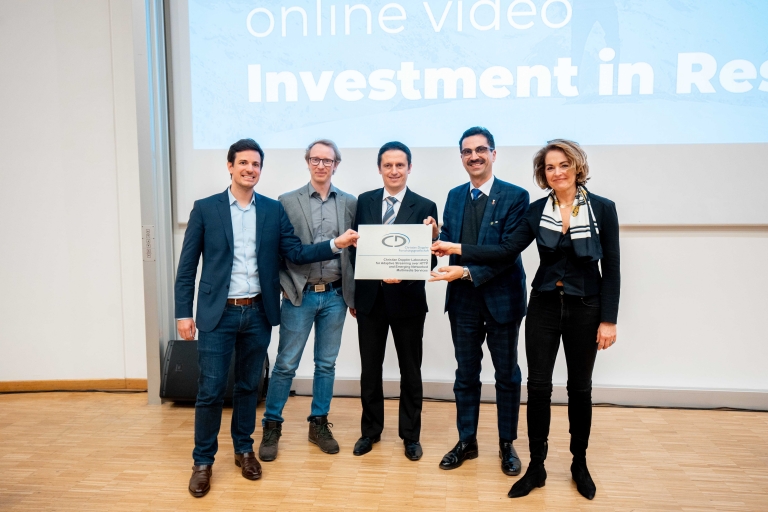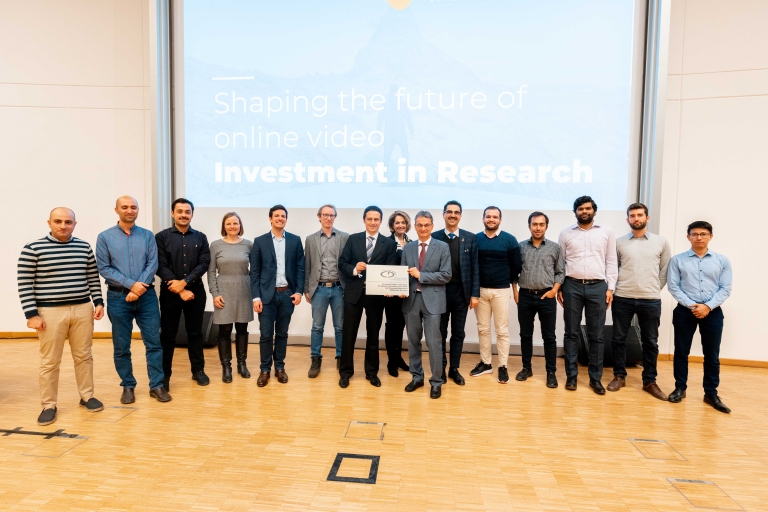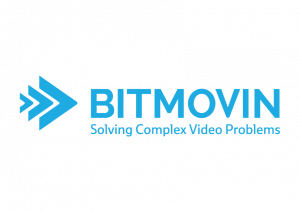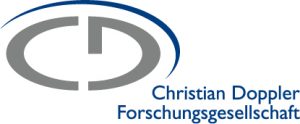One year ago in October 2019 we started the Christian Doppler Labor ATHENA at the University of Klagenfurt which is funded by the Christian Doppler Research Association and Bitmovin. The aim of ATHENA is to research and develop novel paradigms, approaches, (prototype) tools, and evaluation results for the phases
- multimedia content provisioning,
- content delivery, and
- content consumption in the media delivery chain as well as for
- end-to-end aspects, with a focus on, but not being limited to, HTTP Adaptive Streaming (HAS).
 |
| https://athena.itec.aau.at/ |
Prior to starting ATHENA, we were confronted with hiring a team from scratch (i.e., 2 post-docs and 6 PhD students), which kept us very busy but eventually, we found the best team for ATHENA. Within a few months only, we managed to have the first ATHENA publication accepted at an international conference and we prepared for the first conference travels. Unfortunately, during this period COVID-19 reached us and we (all) experienced a major disruption in our daily life. I am very proud of my entire team about how we dealt with this unpleasant situation.
In this first year of ATHENA, we got 12* papers accepted for publication at international conferences/journals, which makes one publication per month on average; a truely remarkable result for a one year old project (out of seven years in total). Finally, I would like to thank our (inter)national collaborators for joining one or the other effort within ATHENA.
The list of ATHENA publications after this first year is as follows:
- “From Capturing to Rendering: Volumetric Media Delivery With Six Degrees of Freedom“, IEEE Communication Magazine.
- “Fast Multirate Encoding for HTTP Adaptive Streaming Using Machine Learning“, IEEE International Conference on Visual Communications and Image Processing (VCIP) 2020.
- “Relevance-Based Compression of Cataract Surgery Videos Using Convolutional Neural Networks,” ACM International Conference on Multimedia 2020.
- “QUALINET White Paper on Definitions of Immersive Media Experience (IMEx)”, European Network on Quality of Experience in Multimedia Systems and Services.
- “Scalable High Efficiency Video Coding based HTTP Adaptive Streaming over QUIC Using Retransmission“, ACM SIGCOMM 2020 Workshop on Evolution, Performance, and Interoperability of QUIC (EPIQ 2020).
- “Towards View-Aware Adaptive Streaming of Holographic Content,” 2020 IEEE International Conference on Multimedia & Expo Workshops (ICMEW).
- “H2BR: An HTTP/2-based Retransmission Technique to Improve the QoE of Adaptive Video Streaming“, In Proceedings of the 25th ACM Workshop on Packet Video (PV ’20).
- “CAdViSE: Cloud-based Adaptive Video Streaming Evaluation Framework for the Automated Testing of Media Players“, In Proceedings of the 11th ACM Multimedia Systems Conference (MMSys ’20).
- “Objective and Subjective QoE Evaluation for Adaptive Point Cloud Streaming“, In 2020 Twelfth International Conference on Quality of Multimedia Experience (QoMEX).
- “Performance Analysis of ACTE: A Bandwidth Prediction Method for Low-Latency Chunked Streaming“, ACM Transactions on Multimedia Computing, Communications, and Applications
- “On Optimizing Resource Utilization in AVC-based Real-time Video Streaming“, 2020 IEEE Conference on Network Softwarization.
- “Multi-Period Per-Scene Optimization for HTTP Adaptive Streaming“, 2020 IEEE International Conference on Multimedia and Expo (ICME).
- “Fast Multi-Rate Encoding for Adaptive HTTP Streaming“, 2020 Data Compression Conference (DCC).


 Bitmovin was founded in 2013 by Stefan Lederer, Christopher Müller, and Christian Timmerer as a spinoff of the University of Klagenfurt, where they both worked on the standardization of MPEG-DASH, a major standard for video streaming, during their time as students. The start-up company found its first home in the neighbouring Lakeside Science & Technology Park. Today, the company provides the world’s most powerful products for highly efficient video streaming on the Internet. Large, international customers such as the BBC or Hulu Japan rely on solutions developed in Carinthia.
Bitmovin was founded in 2013 by Stefan Lederer, Christopher Müller, and Christian Timmerer as a spinoff of the University of Klagenfurt, where they both worked on the standardization of MPEG-DASH, a major standard for video streaming, during their time as students. The start-up company found its first home in the neighbouring Lakeside Science & Technology Park. Today, the company provides the world’s most powerful products for highly efficient video streaming on the Internet. Large, international customers such as the BBC or Hulu Japan rely on solutions developed in Carinthia. In Christian Doppler Laboratories, application-oriented basic research is carried out at a high level, which involves outstanding scientists cooperating with innovative companies. The Christian Doppler Research Association is internationally regarded as a best-practice example for the promotion of this type of cooperation. Christian Doppler Laboratories are jointly financed by the public sector and the participating companies. The primary public sponsor is the Federal Ministry of Digital and Economic Affairs (BMDW).
In Christian Doppler Laboratories, application-oriented basic research is carried out at a high level, which involves outstanding scientists cooperating with innovative companies. The Christian Doppler Research Association is internationally regarded as a best-practice example for the promotion of this type of cooperation. Christian Doppler Laboratories are jointly financed by the public sector and the participating companies. The primary public sponsor is the Federal Ministry of Digital and Economic Affairs (BMDW). Since its foundation in 1970, the University of Klagenfurt has successfully established itself as one of six state universities with a broad range of subjects in Austria. More than 11,600 students pursue their studies and research at the University of Klagenfurt; around 2000 of these are international students. Approximately 1,500 employees strive for top quality in teaching and research. According to the QS World University Rankings (“Top 50 under 50”) the university belongs to the 150 best young universities worldwide. In the Times Higher Education World University Rankings 2020, which endeavour to rank the top 1,400 universities across the globe, it placed in the 301-350 range. In the discipline of Computer Science, the University of Klagenfurt achieved third place among Austrian universities in the 201-250 range. One of the university’s key research strengths lies in “networked and autonomous systems”.
Since its foundation in 1970, the University of Klagenfurt has successfully established itself as one of six state universities with a broad range of subjects in Austria. More than 11,600 students pursue their studies and research at the University of Klagenfurt; around 2000 of these are international students. Approximately 1,500 employees strive for top quality in teaching and research. According to the QS World University Rankings (“Top 50 under 50”) the university belongs to the 150 best young universities worldwide. In the Times Higher Education World University Rankings 2020, which endeavour to rank the top 1,400 universities across the globe, it placed in the 301-350 range. In the discipline of Computer Science, the University of Klagenfurt achieved third place among Austrian universities in the 201-250 range. One of the university’s key research strengths lies in “networked and autonomous systems”.















